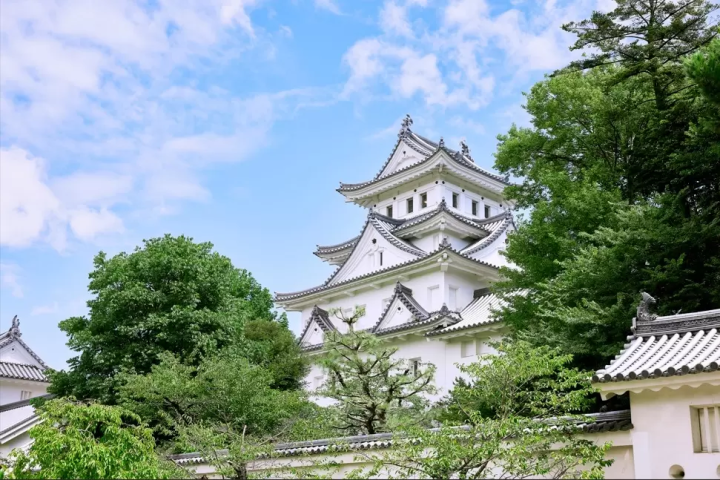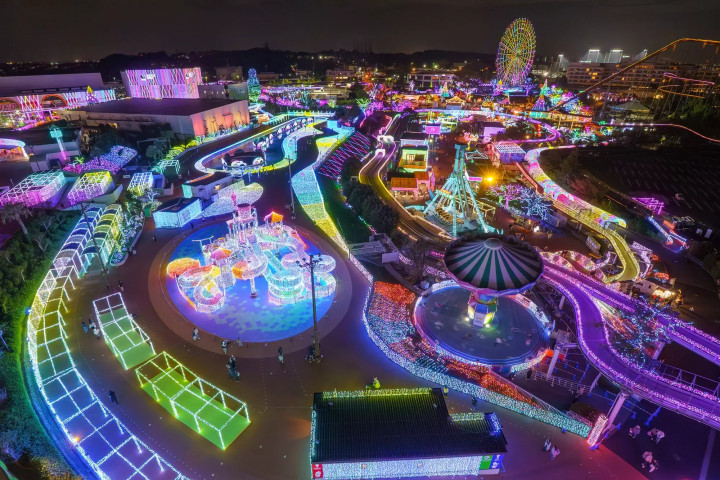Diving and Snorkeling in Okinawa: Best Season and Top Activities

Okinawa's crystal-clear waters, coral reefs, and rich marine life attract diving and snorkeling enthusiasts from around the world. This article introduces the best season for diving, popular spots, diving tours with English-speaking instructors, and more.
Guide to Diving and Snorkeling in Okinawa
The best seasons for diving and snorkeling in Okinawa: Spring to Autumn
The best snorkeling spots in Okinawa
Can you snorkel in Okinawa if you can't swim?
Tours with English-speaking instructors
Okinawa diving certification courses
Frequently Asked Questions
The best seasons for diving and snorkeling in Okinawa: Spring to Autumn
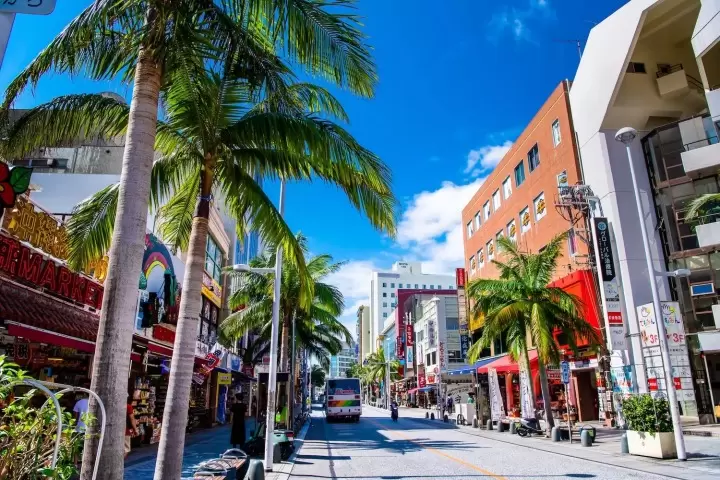
Photo by Pixta
The diving and snorkeling season in Okinawa mainly spans from spring to autumn each year, particularly late spring to early summer (April and May) and autumn (September and October).
During this period, the weather is stable, the seawater is warm, and water temperatures typically range from 20°C to 27°C, making it ideal for diving.
Summer (June to August) is the peak season, with high temperatures and excellent water clarity, often exceeding 30 meters visibility, allowing divers to enjoy vibrant coral reefs and abundant marine life. However, summer is also the typhoon season, which can sometimes lead to canceled diving activities due to weather changes, so it’s advisable to check the weather forecast in advance.
Winter (December to February) features lower temperatures, but Okinawa’s warm subtropical climate means many diving spots remain accessible. The water is cooler, around 17°C, and visibility may decrease slightly. This period tends to attract fewer tourists, making it suitable for divers who prefer to avoid crowds.
Overall, spring and autumn are the most ideal times for diving, offering pleasant weather and rich underwater scenery.
The Best Snorkeling and Diving Spots in Okinawa
Okinawa’s diving spots are spread across the entire archipelago, featuring a variety of underwater landscapes—from coral reefs and sea caves to shipwrecks and trenches. Here are some of the most famous snorkeling and diving locations.
Marine Areas Around the Okinawa Churaumi Aquarium

Photo by Pixta
The area around the Okinawa Churaumi Aquarium is one of Okinawa’s most iconic diving spots, featuring a rich coral reef ecosystem and abundant tropical fish.
Especially at the Blue Cave, you can see the turquoise seawater and light interplay through the surface, making it a paradise for photographers. The Blue Cave is suitable for beginners because the diving and snorkeling routes are relatively flat and safe.
Minna Island

Photo by Pixta
Minna Island is located off the northern coast of Okinawa main island and is an uninhabited island. Its shape resembles a croissant, earning it the nickname "Croissant Island."
The island boasts beaches with crystal-clear water, making it an excellent spot for snorkeling and diving.
Kume Island

Photo by Pixta
Compared to Okinawa’s main island, Kume Island offers a more tranquil water environment. Its underwater terrain is diverse, featuring stunning coral reefs and abundant marine life such as sea turtles, squids, and rare dolphins.
The eastern side of Kume Island is known as "Dolphin Cave" and is a popular spot for snorkeling and diving.
Kerama Islands

Photo by Pixta
The Kerama Islands, consisting of islands such as Tokashiki-jima and Aka-jima, are located southwest of the Okinawa archipelago. This group of islands is made up of numerous islands of various sizes and is part of a renowned national park area.
These islands boast crystal-clear waters, spectacular coral reefs, and abundant marine life, making them ideal spots for snorkeling and diving.
Okinawa offers a wide variety of diving locations, catering to both professional divers and beginners eager to explore the underwater world. Most dive shops provide professional guides and equipment rentals, ensuring a safe and enjoyable diving experience.
Can you snorkel in Okinawa if you can't swim?

Photo by Pixta
Many people feel intimidated by snorkeling, especially if they cannot swim. In fact, snorkeling does not necessarily require advanced swimming skills. As long as you master some basic techniques, even non-swimmers can enjoy exploring the underwater world safely and enjoyably.
First, using snorkeling gear like floats or kickboards can help keep you on the water surface, reducing physical effort. Second, wearing a suitable wetsuit or rash guard not only keeps you warm but also provides additional buoyancy.
Additionally, participating in guided snorkeling tours led by professional instructors allows beginners to experience safe snorkeling under supervision.
Furthermore, practicing some simple breathing exercises beforehand and learning how to use a snorkel can help you stay relaxed and float more easily while observing marine life. Staying in shallow areas, away from strong currents or deep waters, significantly reduces the risk of accidents.
Some snorkeling spots, such as Blue Cave or the Kerama Islands, offer guided tours with safety personnel and equipment, allowing even those who cannot swim to enjoy smooth and secure underwater adventures.
Therefore, with proper safety precautions, even those who haven't learned to swim or have limited swimming skills can enjoy Okinawa’s beautiful underwater scenery.
Tours with English-speaking Instructors

Photo by Pixta
In Okinawa, many diving centers and travel companies have instructors who are fluent in English, especially in popular tourist areas such as Naha or Onna Village.
The instructors can tailor diving or snorkeling courses based on different travelers’ experience levels and needs. From safety explanations and diving techniques to local marine environment introductions, they use native English to communicate, eliminating language obstacles and allowing visitors to focus on enjoying the underwater world.
In addition to regular diving and snorkeling courses, many English-speaking instructors also offer professional underwater photography services, capturing memorable moments of each experience.
If you are planning to dive in Okinawa, it’s a good idea to book a course with an English-speaking instructor in advance. This ensures safety and provides more opportunities for fun learning and memorable experiences.
English-speaking diving instructors! Hands-on teaching makes it super easy to get started
Book Now: Snorkeling, Fun Diving, Discover Scuba Diving in Northern Okinawa (Free GoPro Photography)

Picture courtesy of Klook
- Englsih-speaking instructors alleviate communication concerns
- Free pickup and drop-off services within Nago City (additional charges may apply in other areas)
- Price includes diving equipment, wetsuit, mask, snorkel, life jacket, tank fees, insurance, towels, drinks, and photo/video services
- Participants’ age: Snorkeling 6–60 years old, Diving 14–50 years old
Okinawa Diving Certification Courses

Photo by Pixta
If you want to obtain an official diving certification in Okinawa and become a professional or amateur diver, local diving centers offer various internationally recognized certification courses. The most common ones include PADI (Professional Association of Diving Instructors), SSI (Scuba Schools International), and NAUI (National Association of Underwater Instructors).
These certification courses are usually divided into different levels: beginner’s "Open Water Diver," advanced courses like "Advanced Open Water Diver," and specialty courses such as deep diving, night diving, or rescue diving. The courses typically include both theoretical lessons and practical training, often completed within a few days.
What makes Okinawa’s diving certification courses special is the excellent environment, professional instruction, and advanced equipment. Many dive schools provide multilingual instructors offering courses in English, Japanese, Chinese, and other languages, making it easy for travelers from around the world to earn their certifications.
Obtaining a certification not only serves as a gateway to advanced diving but also opens doors to exploring more deepwater diving sites. After completing a course in Okinawa, you can freely explore more advanced dive spots, participate in international diving competitions, or join diving clubs to expand your diving community!
Book Now: Okinawa PADI Diving license & Open Water Diver Lesson
Visit Japan’s Most Popular Diving Destination: Okinawa
Okinawa is one of Japan’s most favored diving destinations, offering a variety of diving seasons, numerous diving spots, affordable snorkeling experiences, professional English-speaking instructors, and certification courses.
Whether you're looking to leisurely observe marine life through snorkeling or pursue professional diving certifications, Okinawa can meet your expectations.
Read also
Frequently Asked Questions
When is the best time to dive in Okinawa?
The prime diving seasons in Okinawa are mainly in spring (April to June) and autumn (September to November), when the weather is stable, the seawater is warm, and visibility is excellent. Summer (June to August) is also popular, but it coincides with typhoon season and higher water temperatures. Winter (around 17°C) is cooler, but diving is still possible in warmer areas; however, visibility may decrease slightly. Overall, spring and autumn are the most ideal times for diving.
Where are the best diving spots in Okinawa?
Okinawa’s top diving destinations are spread across various islands, including the Blue Cave and Kerama Islands on the main island. Other popular spots include off-the-beaten-path islands like Kume Island, Aka Island, and Ikei Island, which are perfect for diving. The Kerama Islands are renowned for their stunning coral reefs and abundant marine life, making them a famous diving paradise. The Blue Cave draws many visitors with its blue light effects and clear waters. Kume Island is known for its dolphins and wreck dives, offering a diverse range of diving experiences.
Can I snorkel freely in Okinawa?
Many snorkeling spots in Okinawa allow free snorkeling, especially in shallow areas such as the Blue Cave and some coral reef sites. However, for safety reasons, it is recommended that visitors with basic snorkeling or diving experience join guided tours led by professional instructors. This is particularly important for those unfamiliar with the water or who cannot swim, as they should conduct activities under professional supervision.
Do I need a certification to scuba dive in Okinawa?
For basic snorkeling or shallow water observation of marine life, certifications are generally not required. However, if you plan to go diving in deeper or farther from the coast, or explore more advanced dive sites, you will need an internationally recognized diving certification such as PADI's Open Water Diver. Many dive centers offer certification courses, allowing beginners to obtain their licenses and dive safely and legally.
Read also
I am currently working as the Taiwan version editor for MATCHA. I am from Changhua County and during my time in Taiwan, I worked as a domestic Japanese tour guide and in interview PR for a Japanese television station. I am skilled at arranging travel itineraries, particularly for food and hot spring-related attractions. My interests include photography, especially food and portrait photography. Due to my age and my fondness for places like bars and izakayas, I call myself 'Matcha Uncle'.






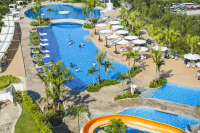





















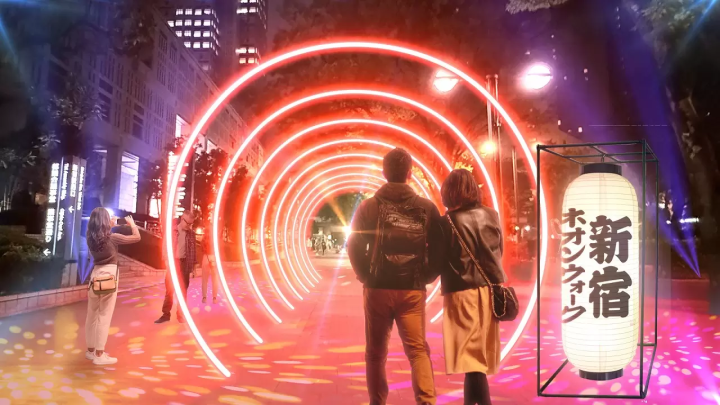
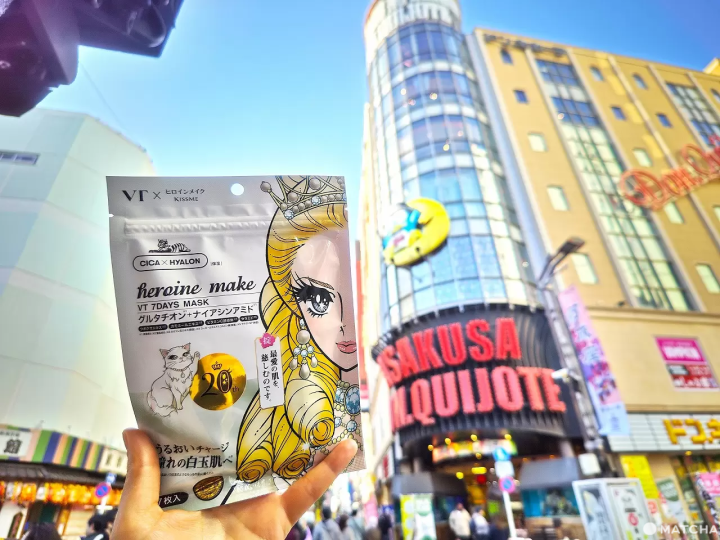

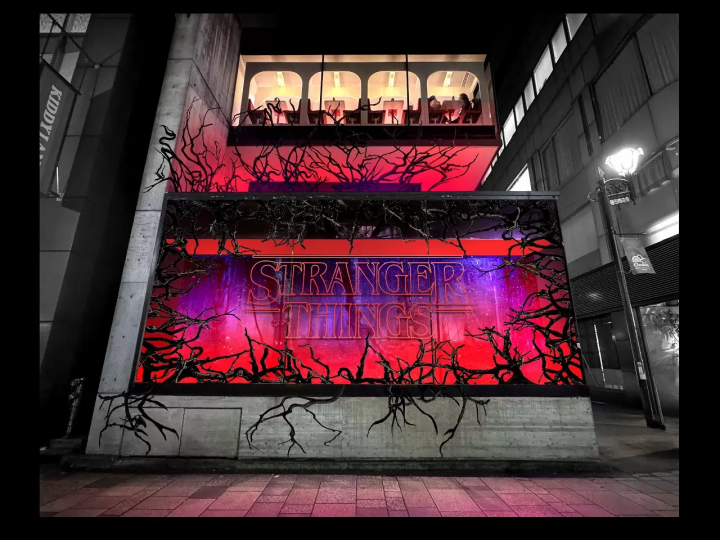
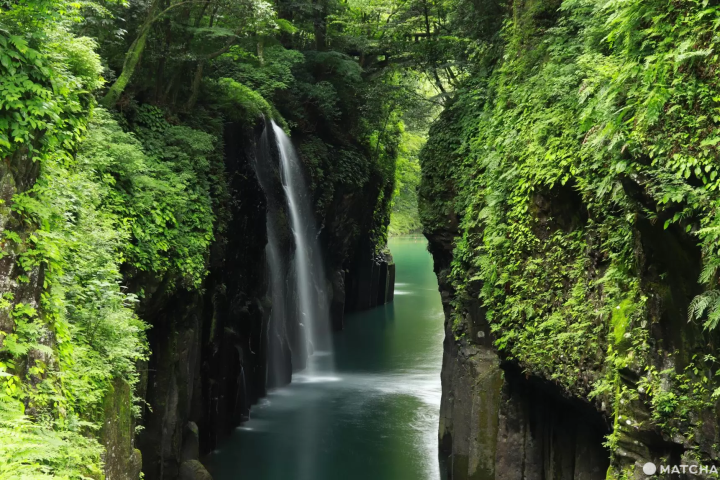




![[ Naruto City, Tokushima Prefecture ] Experience the world's largest whirlpools up close on a sightseeing boat at the Spring Whirlpool Festival!](https://resources.matcha-jp.com/resize/720x2000/2025/02/05-222727.webp)

![Deep dive into Japanese brands! A tour of famous leather shoe stores with GENSEI & Nin [Madras Edition]](https://resources.matcha-jp.com/resize/720x2000/2025/12/17-253129.webp)
